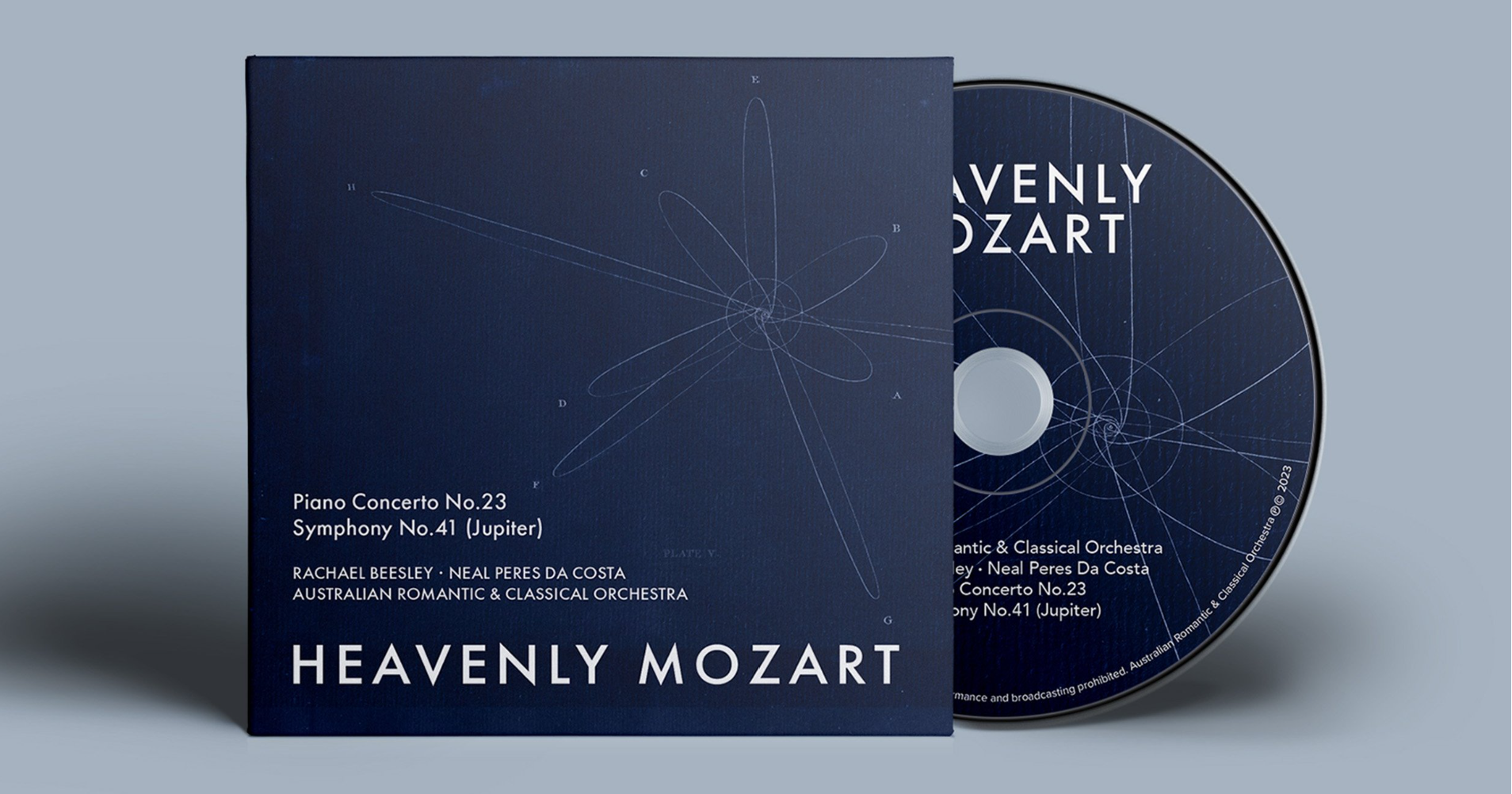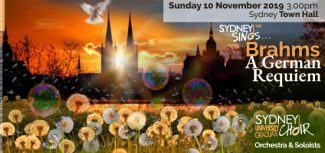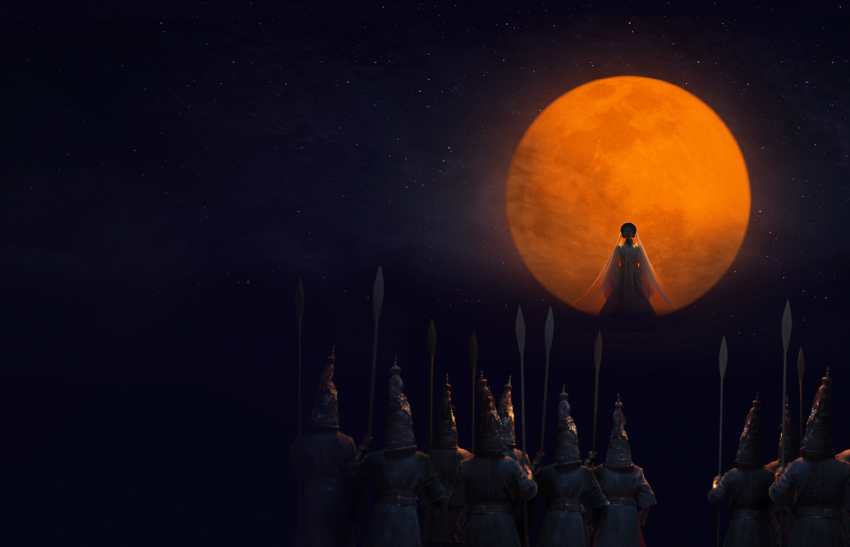Album Review: Heavenly Mozart/ Australian Romantic & Classical Orchestra/ Beesley/Peres Da Costa
Heavenly Mozart
Australian Romantic & Classical Orchestra/ Rachael Beesley conductor/ Neal Peres Da Costa, fortepiano
ABC Classic, ARCO
The Australian Romantic & Classical Orchestra has a neat pairing of works by W A Mozart, played in Historically Informed Performance (HIP) style, on its new album Heavenly Mozart. Released on the ABC Classic label in digital version and on the ARCO label in hard copy, the album contains the Piano Concerto in A major K 488 and the Symphony No.41 K 551 ‘Jupiter’ conducted by Rachael Beesley with Neal Peres Da Costa at the fortepiano.
Beesley, as concertmaster, conducts a cohesive and exciting instrumental ensemble of 29 musicians playing period and replica instruments which date from 1753 to the present. Peres Da Costa, with all the skills of a specialist, plays a distinctive 2022 Viennese-action fortepiano made by Paul McNulty in the Czech Republic, modelled on a Viennese instrument by Walter and Sohn c 1805.
The Piano Concerto K488 was composed by Mozart in 1786 after he returned to Vienna in 1783, during a particularly productive and successful time of his composing life. He was “in the zone” presenting subscription concerts and composing two operas, symphonic and chamber works amongst other pieces. In the nearly three years between February 1784 and December 1786, Mozart composed a dozen piano concertos from K449 to K503, considered to be some of the most important works of their kind.
The concerto has three traditional movements, scored for solo and ensemble comprising flute, clarinets, bassoons, horns and strings, notably sans oboes. Beesley leads an effervescent ensemble through the opening statement of the Allegro, genteel and disciplined in pace, playing with the tempi and building to Peres Da Costa’s entry on the undisputed star of the piece, the fortepiano. Peres Da Costa re-introduces the theme like a guest of honour arriving in their own time and walking graciously round the room, as all eyes turn to the celebrity. Peres Da Costa uses this exposition of the theme to elaborate it with graceful ornaments, underscoring dissonances, loosening the tempo and highlighting the changes in key. Rumbling sextuplets in the left hand show off the darker lower registers of the instrument while the right hand dances around a bright upper range.
The second movement Adagio opens with an improvisatory arpeggiated bridge passage which Peres Da Costa plays with touching sensitivity in the style of a Siciliano. The third movement Allegro assai is a joyful collection of layer upon layer of scales and arpeggios with flutes and clarinets in conversation, virtuosic passages from the bassoon and the welcome sound of the brass from the horns. Long notes and tacet passages are given a touch of extra body with chords, melodies and ornaments.
Peres Da Costa explores the capability of the still deliciously naïve fortepiano and the style of its playing. Through meticulous research, early sound recordings, and the study of traditions passed down through generations of musicians linked to exponents of the style at the time, Peres Da Costa uses devices like unnotated arpeggiation and asynchrony (separation of notes written together), along with teasing the rhythm and tempi to define and shape the phrases, giving the sound its singular characteristics.
Joyful listening apart, this performance is an erudite look retrospective to the salons of Mozart’s lifetime.
What better companion to this piano concerto than the Jupiter Symphony, K 551 from 1788, the longest and last of Mozart’s symphonies. This is a complex work brimming with wit, theatricality and sheer Mozartian cleverness and humour. Trumpets and timpani join the ensemble for a declamatory opening followed by a majestic first movement Allegro vivace which would not have been out of place on the opera stage. The Andante cantabile is played just so – a lyrical stroll, colorfully articulated and never lagging. The third movement Menuetto is played with irresistible rhythm and twirling chromatics under touches of a charming flute overlay. The Trio hints at themes to come.
The fourth movement Molto Allegro finale is a tour de force which the ensemble plays with terrific verve. It is packed with counterpoint that would not have been out of place in any of Mozart’s choral works. The Jupiter is a masterpiece that starts with the operatic and ends in choral style; it opens with rich classical traditions and ends with the rigors of the baroque.
There is large amount of musical history to this piece, best studied separately. Suffice it to say that in this, his last symphonic work, Mozart has gathered a legacy that is a joy to uncover if the reader should venture so far. Comprehensive musicological notes, images, biographies and insights are a welcome feature of this publication
Whether for pure enjoyment or to discover two of Mozart’s masterpieces at deeper levels, Heavenly Mozart is a winner. The performances of ensemble and soloist are informed, exhilarating and bold but never excessive.
Shamistha de Soysa for SoundsLikeSydney©
Read our review of ARCO’s The Mozart K488 Project.





nbcr0j
8f8dy2
mgdgil